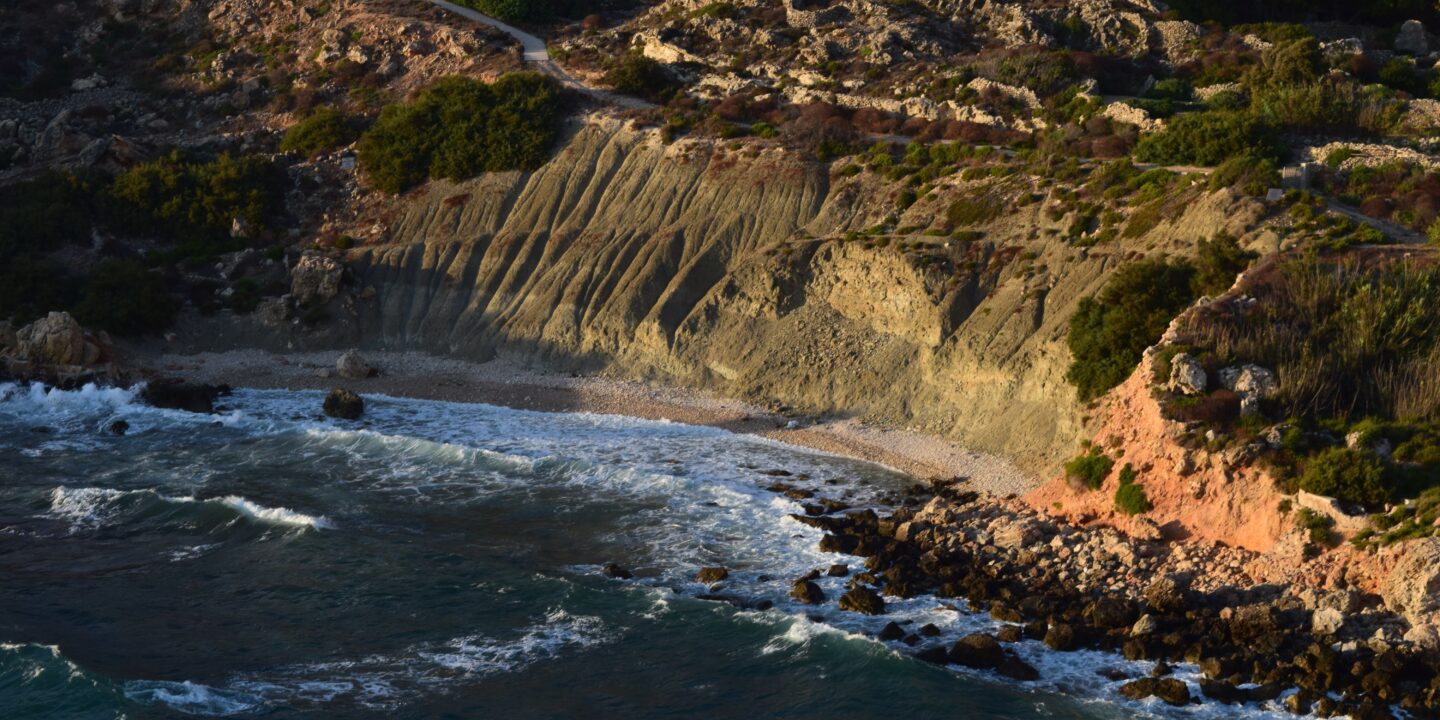
Beaches are known for their picturesque view, blue waters, and awe-inspiring scenery. However, behind this beauty, some beaches are unpredictable and unstable. Despite their stunning colors and serene appearance, they can be incredibly dangerous for tourists and visitors. In this article, we’ll explore some of the most dangerous beaches worldwide and what makes them so hazardous.
1. New Smyrna Beach, Florida
New Smyrna Beach is the most dangerous and shark-infested beach on the east coast of the United States. With more than 238 shark attacks, this beach has gained the nickname, “Shark Attack Capital of the World.” Although the majority of these attacks are minor, with minor cuts or bruises, many tourist-end visitors have reported more severe injuries.
The area has high shark activity due to the abundance of baitfish, and it’s an area where predators come to forage. New Smyrna Beach isn’t immune to red tide (toxic algae that blooms when water temperature, salinity or nutrient levels change) either, which can cause skin irritation and breathing problems. It’s recommended to look out for warning signs and avoid swimming near the inlets, jetties, or sandbars.
2. Cape Tribulation, Australia
Located in the northeastern part of Australia, Cape Tribulation is known for its dangerous wildlife and jellyfish-infested waters. The area is full of venomous animals like snakes and spiders, saltwater crocodiles, and the infamous box jellyfish. The infestation of box jellyfish is especially active during the rainy season, which lasts from November to April. There have been some fatalities in the past, causing the beach to be shut down for a few months. When swimming at Cape Tribulation, it’s recommended to wear a stinger suit to avoid any jellyfish stings.
3. Playa Zipolite, Mexico
Playa Zipolite in Mexico is known for its strong rip tides and undertows. Tourists can easily get pulled offshore to areas where they can’t touch the bottom or effectively swim back to shore. The currents make it difficult for swimmers to get back on the safe side. Unfortunately, many people have lost their lives due to these factors. A red flag is an indication that the waters are dangerous and that swimming should be avoided.
4. Kilauea Beach, Hawaii
Kilauea Beach in Hawaii is home to Kilauea Volcano, which is one of the most active volcanoes globally, with ongoing eruptions since 1983. Although the beach isn’t directly affected by the eruptions, the coastline can still be dangerous for tourists. In 2018, a collapse in a section of the island fell into the sea, causing waves to wash up to 60 meters inland. It’s, therefore, advised to avoid the shoreline during periods of eruptive activity.
5. Gansbaai, South Africa
Gansbaai Beach in South Africa is a popular spot for cage diving to see great white sharks. However, what many visitors don’t realize is the narrow gap between a cave and nearby cliffs that’s filled with sharks. This region earned the nickname “Shark Alley” because of the high concentration of great white sharks in the area. Cage diving doesn’t come without risks, as the sharks can easily bite through the protective bars.
6. Chowpatty Beach, India
Chowpatty Beach located in Mumbai, India has a growing pollution problem. The beach is one of the country’s most popular, but the waters are contaminated with bacteria and waste materials from heavy industrialization and overpopulation. Visitors are prone to developing bacterial infections, hepatitis A, and cholera if they swim in the water. The air also poses a risk with the occurrence of high levels of pollution due to burning trash along the shoreline.
7. Hanakapiai Beach, Hawaii
Hanakapiai Beach in Hawaii is one of the most remote beaches worldwide, accessible only if you hike an extensive trail. There are no lifeguards available, and the surf is known to be unpredictable. The shorebreak can cause waves of up to 15 feet high, making it difficult to get back to the shore. Visitors have reported being pulled under and thrown around by the waves. It’s recommended to take surf lessons or refrain from swimming if you’re not an experienced surfer.
Beaches are beautiful, but it’s essential to understand that some hidden hazards may be dangerous and deadly. Red flags, barriers, and warnings should be taken seriously, and keeping an eye out for dangerous signs when traveling to a new beach is crucial. Awareness of these beaches’ hazards can help people better understand the risks involved and take the necessary precautions to stay safe and enjoy their trip. Awareness is the key to keeping yourself, family, and friends safe while still enjoying the beach’s magnificence.








